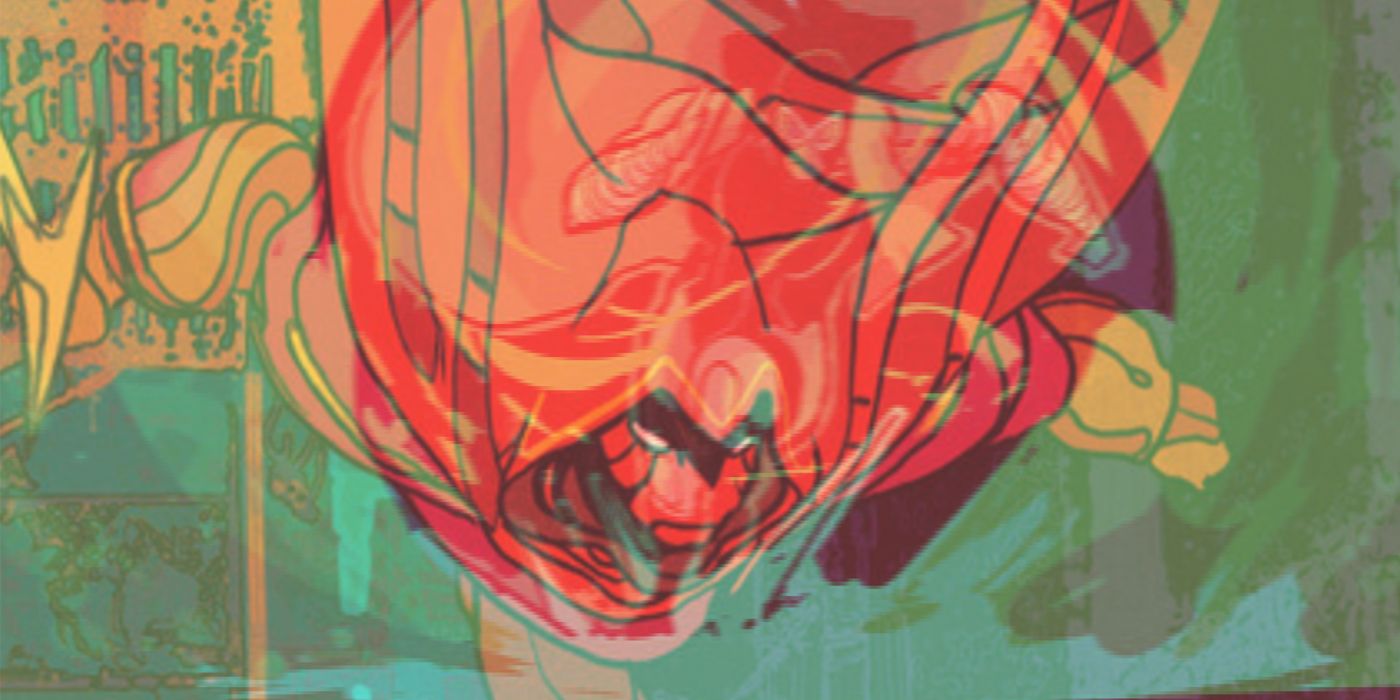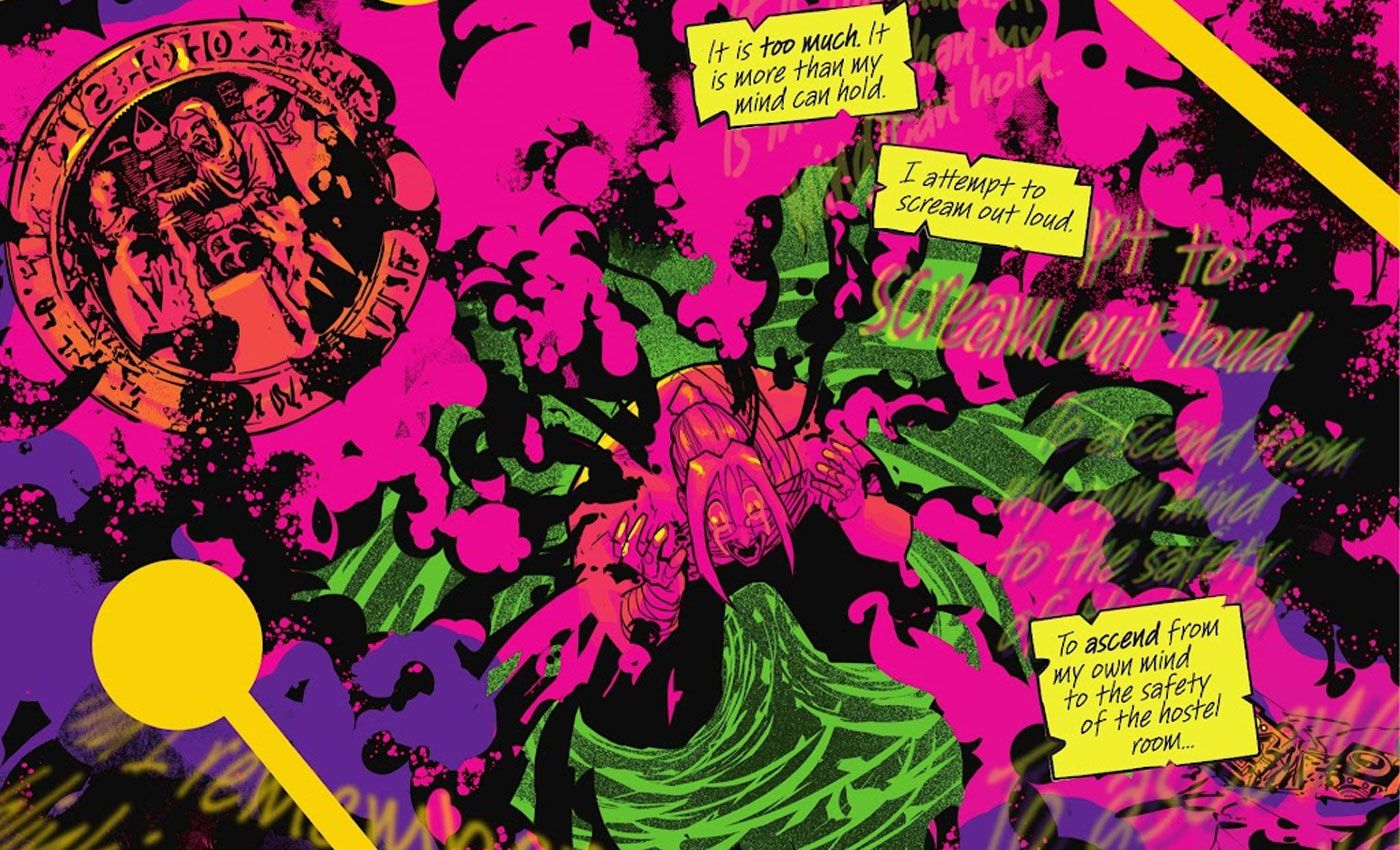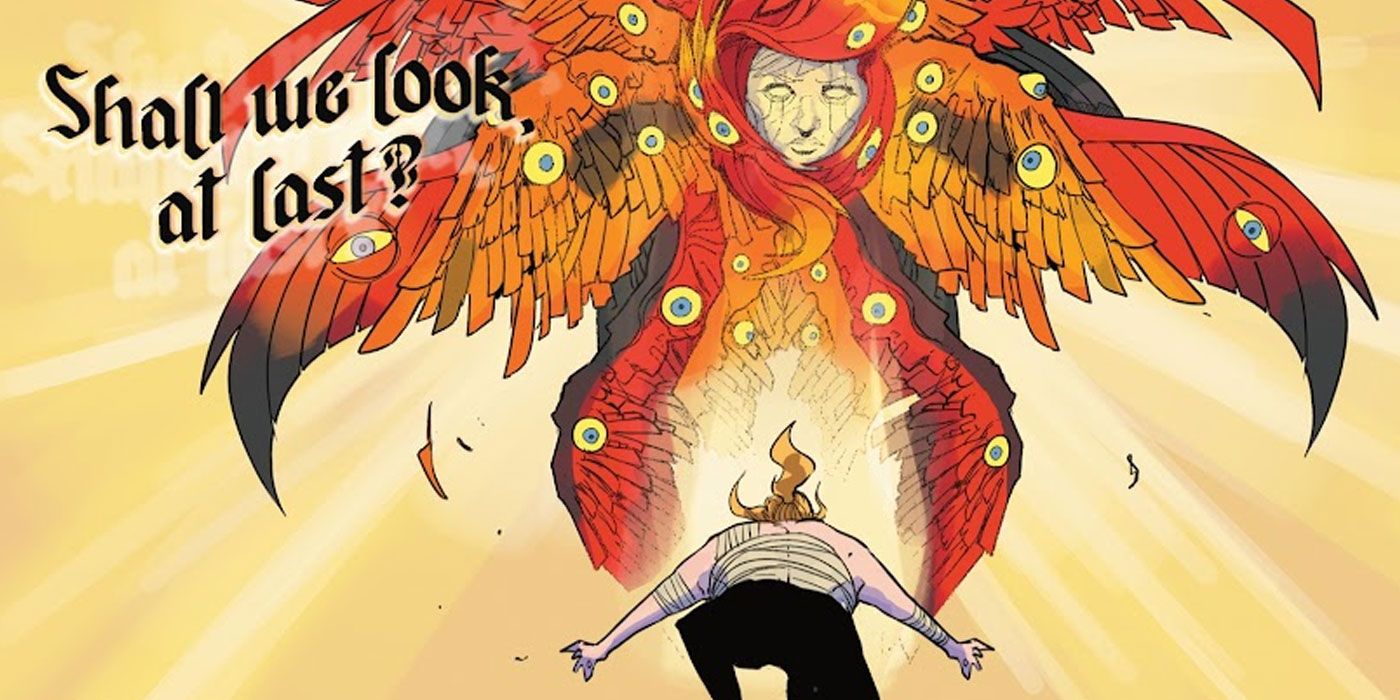The following contains spoilers from Sword of Azrael (2022) #2, on Sale by DC Comics
Azrael is one of Batman's most compelling, if underused, characters. After being tortured into forming another identity, the assassin turned Batman enforced justice in Gotham until his "System," essentially a device of control placed into his subconscious by the Order of St. Dumas, forced his justice to take on a far more violent bed than Batman would approve of. Disappearing and reappearing for years, the ex-assassin has returned once more in 2022's Sword of Azrael (by Dan Watters, Nikola Cizmesija, Marissa Louise, and Hasan Otsmane-Elhaou).
This comic catches up with the assassin as a broken man, desperate to find his own peace. Unfortunately, forces beyond his power keep cropping up to prevent his achieving this peace, and his attempts to protect another agent of St. Dumas, Brielle, have proven both fatal and counter-intuitive. DC's version of Moon Knight deals with this in like manner, resorting to violence when needed to keep others under control and communing with the angelic personification of his own subconscious "Azrael" programming to find his way to a solution. This difficult time in Jean-Paul Valley's life is exemplified by Cizmesija's art, which takes inspiration from the character of Azrael and the events he must go through to convey just what the man is experiencing.
One of the most prominent pieces of art comes from Sword of Azrael #2, taking place after Jean-Paul and Brielle manage to find what they believe to be a safehouse. Jean-Paul begins communing with Azrael and is eventually sent into a mental space containing the training and programming of the Azraels of the past. This appears to begin bending his mental self-construct, which is represented incredibly. Instead of simply falling through memories, the assassin-turned monk and his memories are suddenly painted in a shocking, smoke-like violet with yellow patterns that contrast. The result is one of Azrael's primary colors sharply contrasting with the background, as a "deeper truth" that the man can barely handle physically, let alone mentally.
The page has multiple images, yet lacks distinct panels, making it stand out from the clean lines present in the rest of the comic. This is mere panels after Jean-Paul, in a low-detail style common in more action-oriented comics, communed with his Azrael construct. This construct is represented as a biblically accurate angel and happens to be more detailed than any other character, or page, for that matter, in the comic.
Where Jean-Paul is represented with a face largely devoid of features, Azrael's face appears cracked and strangely wooden, as if a mask is over the face of the character. Eyes decorate his wings, protruding from under his feathers. This stands in stark opposition to an action scene near the beginning of the book that represents Jean-Paul in his Azrael garb as little more than a blur. This image itself is juxtaposed with the careful detail of a full-page piece depicting Brielle in the dark, standing above the people she's slaughtered.
This is to say nothing of the lettering, which is itself deeply unique. The mental construct of Azrael speaks in words not constrained to a speech bubble, breaking with tradition and forcing the voice in the reader's head to become pervasive and all-encompassing, much like what Jean-Paul is supposed to be hearing in the narrative. Likewise, when Jean-Paul is going through the experience of all former Azraeld, his thoughts echo around him and cause the reader to feel the text echoing back on them. The letters become the art and vice versa, confusing the way that a comic is supposed to work much in the same way that Jean-Paul's world has been confused.
Comic books are uniquely poised to provide amazing stories and stunning visual art, and Sword of Azrael is a master class therein. Much like in Moon Knight, the use of contrastive colors and detail in the art of Azrael allow the reader to process exactly what the creators wish in an alarming feat of artistic trickery. As Sword of Azrael continues, it's likely that more will be redefined and reworked in the mind of Jean-Paula and the world around him. This will prove interesting both for its story and for its art.



